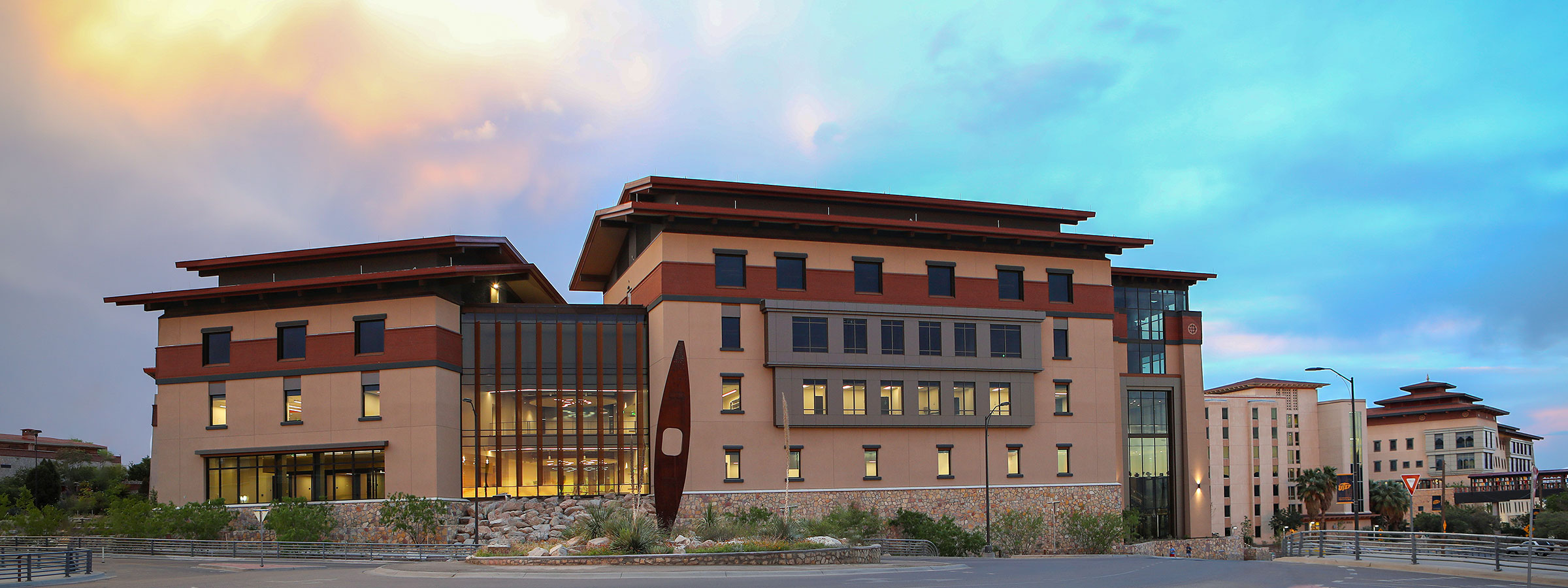
MinerAlert

MinerAlert

With these futures as a foundation for creative exploration, a 22-member advisory committee comprised of faculty and staff representatives from across the University worked to identify current and possible initiatives that could be scaled to help the University more fully achieve its mission.
The team analyzed over 73 initiatives for impact and ability to scale – and then categorized them within four key mission areas: teaching and learning, research, community impact and leadership.
Through discussion and analysis of initiatives, the committee then identified unique strengths that not only define who we are as an institution, but that also give us clear advantages for where we want to be in 10 years: our place, our people, our culture of care and our engagement with partners.
With these strengths and advantages guiding the process, a core team from the advisory committee worked to bridge recommendations from the larger group with input from campus leadership and from faculty and staff colleagues throughout the campus community.
Draft after draft of strategic advantages, goals and initiatives, pathways and possibilities began to emerge, each more fully reaffirming the importance of our mission and our clear purpose in higher education. Metrics quickly followed, providing us with a compass and a means for assessing how well we are accomplishing our goals. Drafts were shared formally and informally and, as ideas were refined with college, school, and research leaders, department heads and Cabinet members, the value of the plan was deepened by the process of collective planning.
With this plan in place, the real work of the campus community will begin. And, while we know that there will be bumps along the way, we believe our vision is based on a solid foundation of who we are and who we can become.
Our strategic plan must look to the future; it must also build upon the strong foundation of who we are. ”
– UTEP President Heather Wilson’s charge to the committee, January 2020
ADVISORY COMMITTEE
• 22 members: Cross-campus selection representing all colleges
• Core team, writing team, communications team
FRAMEWORK
• Seven alternative futures set the stage to identify inherent strengths
• Four unique strategic advantages
• Four clear goals with high-leverage initiatives to move us toward goals
PARTICIPATORY AND INCLUSIVE
• Virtual conversations with faculty and staff
• Virtual conversations with deans
• Provost conversations with deans
• Presentations to chairs, student government and other campus constituencies
SPRING 2020
Advisory Committee began meeting in January 2020
Identified initiatives for each of the seven alternative futures
EARLY SUMMER 2020
Committee assessed impact of COVID-19 on operations and planning
Core team prepared for summer virtual sessions
LATE SUMMER 2020
Conducted virtual conversations with 121 faculty/staff and all deans
Discussed impact of pandemic on alternative futures and long-term planning
FALL 2020 – SPRING 2021
Distilled goals and initiatives within each of the four domains with Advisory Committee, Deans, Cabinet